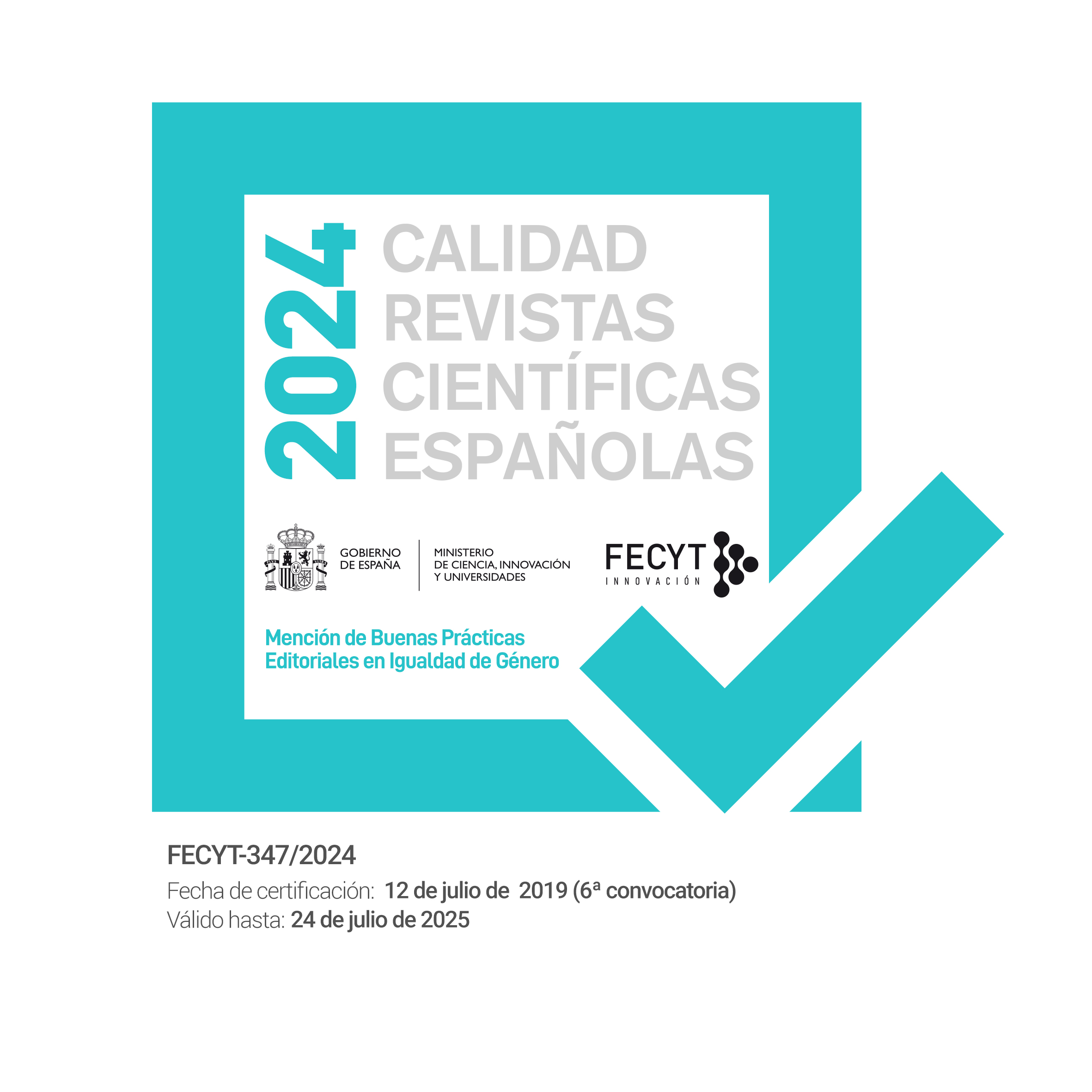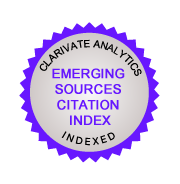Power, humanism and religiosity at the time of the Patriarch Juan de Ribera in Valencia: his collection of classical sculpture
DOI:
https://doi.org/10.5944/etfvii.2.2014.13782Keywords:
Humanisme, Duke of Alcalá, saint Juan of Ribera, ancient sculptureAbstract
The aim of the article is to divulge the ancient sculpture collection owned by Juan de Ribera, Archbishop of Valencia, influenced by his humanist training at the House of Pilate in Seville and his relationship with his father Per Afan de Ribera, Duke of Alcalá and Viceroy of Naples. Unpublished documentation regarding sculptures purchased in Naples is attached and it is contrasted with the inventoried pieces at their palaces after his death in 1611, where there were up to two series of busts of emperors. In addition, aesthetic evolution of Juan de Ribera, from humanistic principles to the influence of Trent and texts of Cardinal Palleoti on the vision of sacred images, can be observed.Downloads
Downloads
How to Cite
Gimilio Sanz, D. (2014). Power, humanism and religiosity at the time of the Patriarch Juan de Ribera in Valencia: his collection of classical sculpture. Espacio Tiempo y Forma. Serie VII, Historia del Arte, (2), 13–39. https://doi.org/10.5944/etfvii.2.2014.13782
Issue
Section
MISCELÁNEA
License
Authors who publish in this journal agree to the following terms:
- Authors retain copyright and grant the journal right of the first publication with the work simultaneously licensed under a license Creative Commons Reconocimiento-NoComercial 4.0 Internacional that allows others to share the work with an acknowledgement of the work's authorship and initial publication in this journal.

- Authors are able to enter into separate, additional contractual arrangements for the non-exclusive distribution of the journal's published version of the work (e.g., post it to an institutional repository or publish it in a book), with an acknowledgement of its initial publication in this journal.
- Authors are permitted and encouraged to post their work online (e.g., in institutional repositories or on their website) prior to and during the submission process, as it can lead to productive exchanges, as well as to earlier and greater citation of the published work (See The Effect of Open Access).








